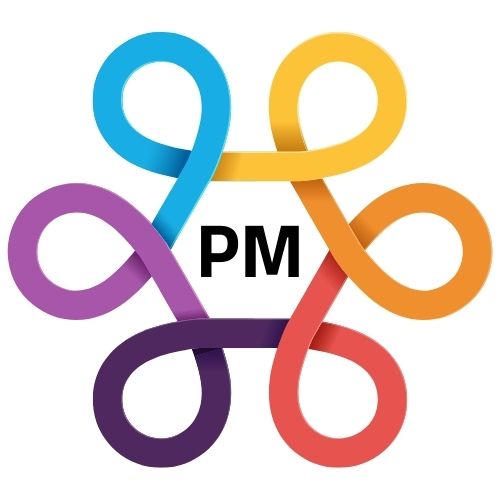How to Optimize Your Website Speed for Better SEO and User Engagement

Speed Matters: Optimizing Your Website for Peak Performance...
In the digital age, speed is king. A slow-loading website can frustrate users, damage your SEO, and ultimately hurt your bottom line. Optimizing your website speed is crucial for both search engine rankings and user engagement. Let's delve into the key strategies for achieving lightning-fast performance.
Why Website Speed is Critical:
- SEO Impact: Google considers page speed a significant ranking factor. Faster websites rank higher in search results, leading to increased organic traffic.
- User Experience (UX): Users expect websites to load quickly. A slow site leads to high bounce rates, decreased engagement, and a negative brand perception.
- Conversion Rates: Studies show that even a one-second delay can significantly impact conversion rates. Faster websites lead to more sales and leads.
- Mobile-First Indexing: With mobile devices dominating internet usage, speed is even more critical for mobile users.
Key Strategies for Website Speed Optimization:
1. Optimize Images:
- Compress Images: Use image compression tools to reduce file sizes without sacrificing quality.
- Choose the Right Format: Use WebP, JPEG, or PNG depending on the image type and purpose. WebP offers superior compression.
- Lazy Loading: Load images only when they are visible in the viewport, reducing initial page load time.
- Use Responsive Images: Serve different image sizes based on the user's device and screen resolution.
2. Minify and Combine Files:
- Minify CSS, JavaScript, and HTML: Remove unnecessary characters (spaces, comments) from code to reduce file sizes.
- Combine Files: Reduce HTTP requests by combining multiple CSS and JavaScript files into fewer files.
3. Leverage Browser Caching:
- Set Expiration Dates: Configure your web server to tell browsers to store static files (images, CSS, JavaScript) in their cache for a specified period. This reduces the need to download these files on subsequent visits.
4. Use a Content Delivery Network (CDN):
- Distribute Content Globally: A CDN stores copies of your website's files on servers located around the world. When a user visits your website, the content is delivered from the server closest to them, reducing latency.
5. Optimize Server Response Time:
- Choose a Reliable Hosting Provider: Opt for a hosting provider with fast servers and good uptime.
- Upgrade Server Hardware: If necessary, upgrade your server hardware to improve performance.
- Optimize Database Queries: Ensure your database queries are efficient and optimized.
6. Reduce HTTP Requests:
- Minimize External Scripts: Reduce the number of external scripts and plugins used on your website.
- Use CSS Sprites: Combine multiple small images into a single image and use CSS to display the required portions.
7. Enable Gzip Compression:
- Compress Files: Gzip compression reduces the size of HTML, CSS, and JavaScript files transmitted from the server to the browser.
8. Optimize for Mobile:
- Mobile-Friendly Design: Ensure your website is responsive and adapts to different screen sizes.
- Accelerated Mobile Pages (AMP): Consider using AMP to create lightweight and fast-loading mobile pages.
9. Regularly Monitor and Test:
- Use Page Speed Tools: Use tools like Google PageSpeed Insights, GTmetrix, and WebPageTest to analyze your website's performance and identify areas for improvement.
- Monitor Website Performance: Regularly monitor your website's speed and performance using analytics tools.
- Test Regularly: Continuously test all changes that are made to the website.
10. Choose a good DNS provider.
- DNS providers are important for the intial connection with your webserver. Some DNS providers are faster than others.
By implementing these optimization strategies, you can significantly improve your website's speed, enhance user engagement, and boost your SEO rankings. Remember, website speed optimization is an ongoing process. Regularly monitor your website's performance and make adjustments as needed.
